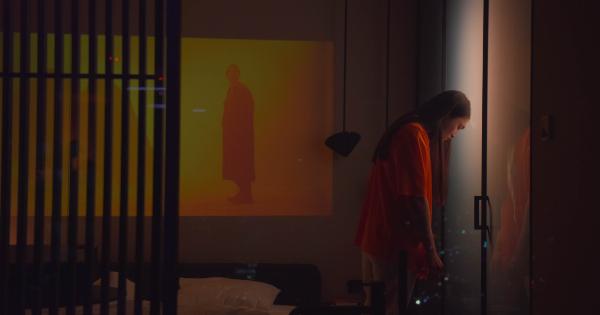Obstructive sleep apnea (OSA) is a sleep disorder that affects people of all ages, including children. It’s characterized by interruptions in breathing during sleep that can lead to a host of health problems.
Children with OSA may have trouble breathing while they sleep, leading to restless nights and missed sleep. If you suspect your child may have OSA, understanding the signs and symptoms is essential to their health and well-being.
What is Obstructive Sleep Apnea in Children?
Obstructive sleep apnea is a sleep disorder that causes a person to stop breathing while they sleep. This occurs because the muscles of the throat relax during sleep, causing the airway to become blocked.
In children, the risk factors for OSA include obesity, enlarged tonsils and adenoids, and secondhand smoke exposure. OSA can affect children of all ages, but it’s more common in younger children.
Signs and Symptoms of Obstructive Sleep Apnea in Children
Parents should watch for the following signs and symptoms of OSA in their children:.
Snoring
While snoring can be normal, persistent and loud snoring can be a sign of OSA. Children with OSA may snore loudly, and the snoring may be accompanied by gasping, choking, or snorting.
Pauses or Interruptions in Breathing
Children with OSA may intermittently stop breathing during sleep. This can lead to gasping or choking sounds as they try to catch their breath.
Restless Sleep
Children with OSA may toss and turn in their sleep, and they may wake up frequently during the night. They may also sleep in unusual positions, such as with their necks extended or mouths open.
Daytime Symptoms
Children with OSA may experience the following symptoms during the day:.
- Frequent tiredness or fatigue
- Irritability or behavioral problems
- Inattention or poor academic performance
- Mouth breathing or dry mouth
Other Symptoms
Other signs that your child may be experiencing OSA include:.
- Frequent headaches, especially in the morning
- Bedwetting
- Night sweats
Diagnosis and Treatment of Obstructive Sleep Apnea in Children
If you suspect your child may be suffering from OSA, it’s essential to talk to your child’s pediatrician. The doctor may refer your child to an otolaryngologist (ear, nose, and throat doctor) or a sleep specialist for further evaluation.
The specialist will likely perform a sleep study to diagnose OSA. During a sleep study, your child will spend the night in a sleep lab while being monitored for breathing patterns, oxygen levels, and other factors that may impact sleep.
The results of the sleep study will help the doctor determine if your child has OSA.
If your child is diagnosed with OSA, treatment options may include:.
- Surgical removal of the tonsils or adenoids
- Continuous positive airway pressure (CPAP) therapy
- Dental appliances
Prevention of Obstructive Sleep Apnea in Children
While some risk factors for OSA cannot be prevented, parents can take steps to reduce their child’s risk of developing the condition.
Healthy Sleep Habits
Establishing healthy sleep habits can help ensure your child gets restful sleep. This includes sticking to a consistent sleep schedule, creating a quiet and comfortable sleeping environment, and limiting caffeine and screen time before bed.
Healthy Weight
Obesity is a leading risk factor for OSA. Encouraging your child to eat a healthy diet and engage in regular physical activity can help prevent obesity.
Smoke-Free Environment
Exposure to secondhand smoke can increase the risk of OSA. Ensure your home and car are smoke-free environments to prevent secondhand smoke exposure.
Conclusion
Understanding the signs and symptoms of obstructive sleep apnea in children is essential to their health and well-being. If you suspect your child may be suffering from OSA, talk to their pediatrician or a sleep specialist.
With proper diagnosis and treatment, children with OSA can overcome the condition and enjoy restful, healthy sleep.




























